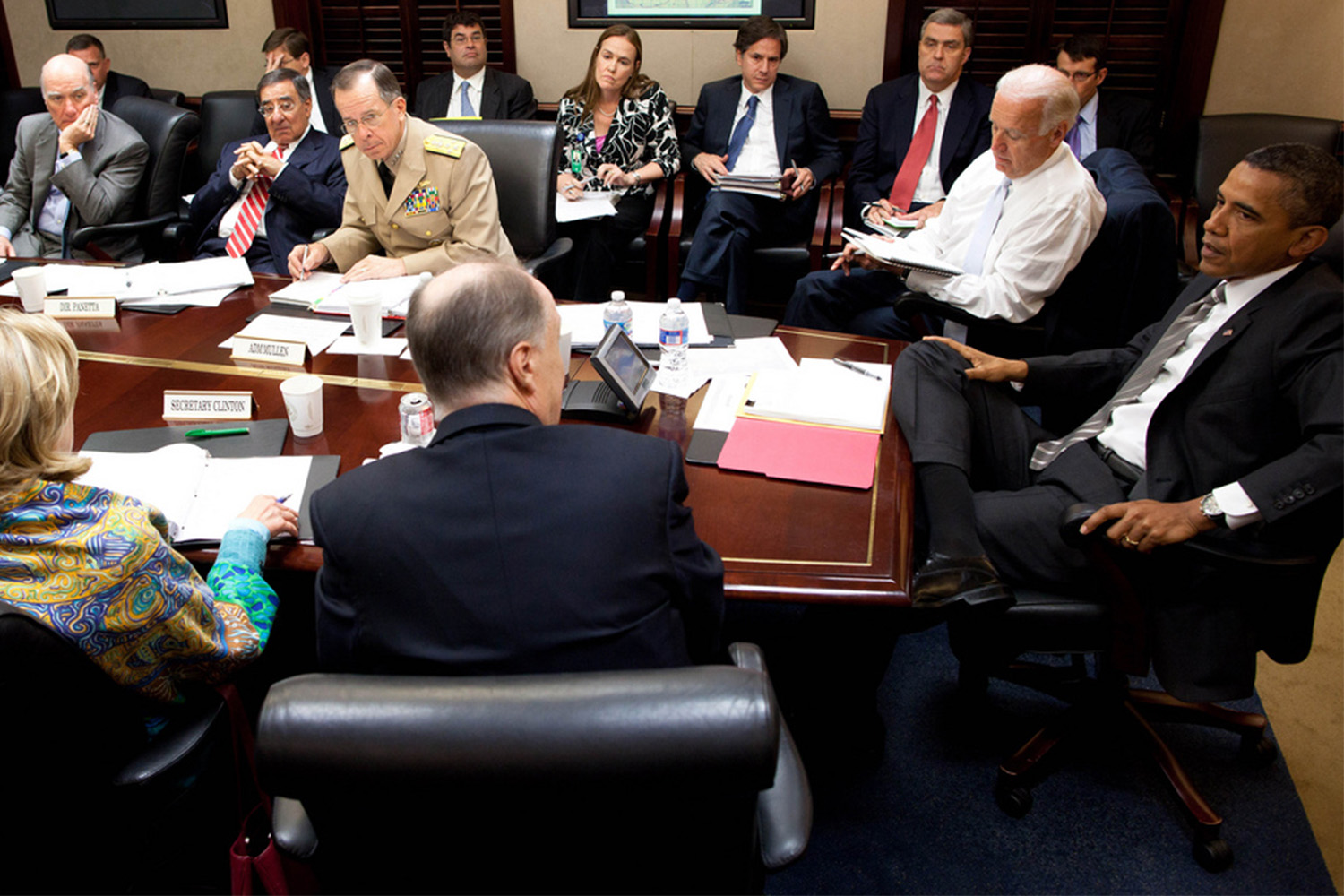Project Executions and the Bin Laden Raid
Share

Connecting the two sounds like a stretch, right?
Taking down the kingpin in a global terrorist operation and keeping your building on budget / on schedule doesn’t even appear to be living in the same timezone – much less the same ballpark. However, you might be surprised to see what lessons can be learned about executing your next mission project via the team that ended a 10-year journey to find the world’s most wanted man.
Plan Backward from the Goal
When it came to verifying bin Laden’s identity, though, the team came up lacking. They had to find a SEAL member who was six feet tall and had him lie down next to bin Laden’s corpse (estimated at between 6-feet 4-inches and 6-feet 6-inches) for verification. A battle-hardened SEAL likely wasn’t traumatized by this makeshift measuring. But mentally moving backward from the moment of victory might have kept that handy item on the checklist.
Then again, it would have denied President Obama his reported zinger: “We donated a $60 million helicopter to this operation. Could we not afford to buy a tape measure?”.
Disprove Your Own Theories
Osama bin Laden died on May 2, 2011. By August 2010, however, C.I.A. officials had pinpointed the likely residence of bin Laden’s courier. They had observed in the compound, a very tall man who hardly ever left his third-floor lodgings and who absolutely never left the walled compound, where the trash was burned rather than taken out. Intelligence officials and Obama’s advisers ranged in their confidence, stating their beliefs at between 40 and 95% sure that the world’s most wanted man, was right where they thought he was.
But the President’s advisers instead began an “interrogation of the data, to see if, by that interrogation, (one could) disprove the theory that bin Laden was there“, John Brennan, Obama’s counterterrorism adviser, told The New Yorker’s Nicholas Schmidle. In other words, as you’re racing toward a conclusion, one with a very satisfying return, find a way to summon up your own inner skeptic, or find someone who can play the role, and try to use your own facts to come to a different conclusion.
Every Team Member Must Know the Mission
The man who planned the special operations raid in Abbottabad, Vice Admiral William H. McRaven, wrote a book on planning special operations raids: Spec Ops: Case Studies in Special Operations Warfare: Theory and Practice. So it was only natural that someone–in this case, three sharp writers at Popular Mechanics, would compare the playbook to how a major raid played out. It’s telling what factors an experienced planner considers important in a crucial, fast-moving mission.
Multifaceted plans and the element of surprise? Not so great. Complex plans create “an overabundance of security (which) hinders effective preparation,” and surprising an enemy isn’t much help if you cut corners enough so that you’re “ill-equipped to fight.” More helpful, McRaney suggests, is that “in the heat of battle, no matter what else happens, the individual soldier understands the primary objective.” McRaven also noted that anything that wasn’t rehearsed before a mission invariably failed, but you already know that from, say, almost any big software launch you can remember.
Know Your Most Important Question, and Who Can Answer It
Before anyone could actually assault the spot where bin Laden lived, it took 10 years to find that spot. Alliances and support of Afghan and Pakistani forces, elaborate bombing and drone surveillance coverage, and other standard tactics had yielded close misses, but bin Laden and al-Qaeda were eerily good at communicating orders, maintaining secrecy, and filling vacancies, even when the leaders seemed to be cut off. So the question moved from “Where is bin Laden?” to “How does he communicate?”.
At the same time, the tactics moved from sending waves of troops into disparate locations–which looked like a more serious effort–to a less exciting small group of experts back home, immersing themselves in books and transcripts. As one intelligence official told the Washington Post, “Lots of people who knew little was almost certain to be less efficacious than a small, dedicated cadre of people with experience working the problem.”
Bin Laden’s son was quoted in a book when he spoke on his father’s preference to stay in populated areas to avoid U.S. bombings, which tied in with vague mentions of a courier in intelligence reports and interrogation transcripts. Those eventually came together in a specific person, and meticulous checking and re-checking gave the best possible chance of finding bin Laden. And the rest is well-planned history.
This article originally appeared on Fast Company.